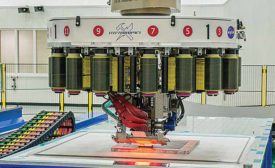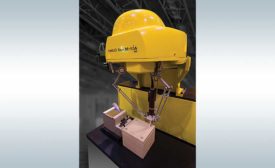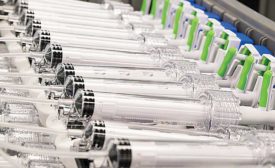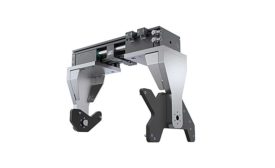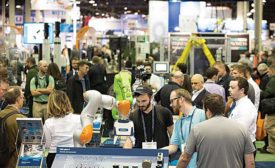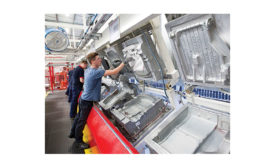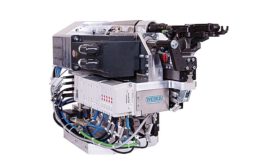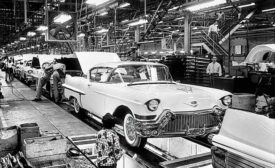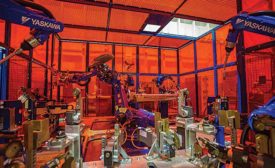Home » assembly systems
Articles Tagged with ''assembly systems''
Robotic Screwdriving Comes of Age
New technology makes it easier to automate fastening applications
February 5, 2019
Grippers for Large Parts
Bulkier payloads are spurring demand for heavy-duty grippers.
December 11, 2018
New Technologies Impress at the Assembly Show
Cobots, IIOT and other new technologies impress engineers at The ASSEMBLY Show.
December 7, 2018
ASSEMBLY Capital Spending Report 2018: Spending Increases due to Economic Growth and Tax-Cuts
Spurred by tax cuts and economic growth, manufacturers will continue to invest in their assembly operations.
December 6, 2018
60 Years of ASSEMBLY
For six decades, ASSEMBLY has been the leading source of knowledge about tools and techniques for joining parts into finished products
October 5, 2018
Designing and Building Automated Assembly Systems
When designing automated assembly lines, integrators consider production volume, cost, delivery schedule and other factors
September 10, 2018
Never miss the latest news and trends driving the manufacturing industry
Stay in the know on the latest assembly trends.
JOIN TODAY!Copyright ©2024. All Rights Reserved BNP Media.
Design, CMS, Hosting & Web Development :: ePublishing
